Yes indeed, friends and faithful readers, it's that time of year again. The "Christian" right, people like Bill O'Reilly on Fox News and the Wildmons and their American Family Association (AFA), are revving up their annual banshee wail about some kind of "War on Christmas". And yet everywhere you look there are trees with lights, wreaths, holly, people wandering neighborhood streets caroling... You get the idea. Somehow there doesn't seem to be any kind of "war" going on. So what's the beef?
One of the complaints is that the "Christ" has been taken out of Christmas. But if you really, carefully look at the situation, there's not much Christ in Christmas in the first place, at least concerning when and how Christmas has been celebrated down through the ages. Take the date: tradition has assigned December 25 as the date of Jesus' birth. But on what evidence? Certainly not on the Bible's testimony; there's no way to figure out when Jesus was born from the Gospels. Neither Mark nor John even include a birth narrative. Matthew's narrative is minimal at best, no mention of shepherds and their flocks, but we get the visit by the Magi (Matthew 1:18 - 2:12). Luke's is the narrative we're all familiar with - the shepherds and the multitude of angels (but no Magi) - but there's no way to tell when Jesus was born, even to the season of the year (Luke 2:1-20). [Note: Feel free to look up those verses and read for yourself. I'll wait...]
So if there's no clue in the Gospels as to when Jesus was born, where did December 25 come from? Well, there just happened to be a lot of Winter Solstice celebrations around at the same time in the world Christianity developed in - the Roman Saturnalia from the 17th to the 23rd, the later Roman feast of Sol Invictus on the 25th, and the Germanic (Yule, Jul) and the Gaulish Celtic (Deuorius Riuri) solstice observances. Early Christianity was in direct "competition" with all of these contemporary religious cultures, and apparently it was seen as a best bet to make the birthday of the founder of their religion to be at the same time to establish legitimacy and eventually superiority. So the date of Jesus' birth was set on a date that had nothing to do with him and his teachings, but was a matter of convenience and "public relations".
Interestingly, very early Christianity seems not to have celebrated Christmas at all. I found this interesting little tidbit in the Wikipedia article on Saturnalia:
There is no evidence scripturally or secularly that early Christians in the first century commemorated the birth of Jesus Christ. In fact, in keeping with early Jewish law and tradition, it is likely that birthdays were not commemorated at all. According to The World Book Encyclopedia: "early Christians considered the celebration of anyone's birth to be a pagan custom." (Vol. 3, page 416) Rather than commemorate his birth, the only command Jesus gave concerning a commemoration of his life of any sort actually had to do only with his death (Luke 22:19). It was not until several hundred years after the death of Jesus Christ that the first instances of the celebration of Christmas begin to appear in the historical record.
Which, of course, coincides with the cult of Sol Invictus gaining supremacy in the Roman Empire, thus becoming Christianity's chief rival. And the birth of the god Sol Invictus was celebrated on December 25. Not too hard to connect the dots, is it?
As to how the holiday is celebrated... Most of the traditions and symbols of Christmas come from the earlier religions Christianity set out to supplant. An evergreen tree hung with decorations and lights? Taken from the German Yule tradition. Garlands and wreaths of evergreens and Holly? Taken from just about all the European Winter Solstice celebrations (including the Roman), as evergreens symbolized the continuation of life through the dark, dead months of Winter. Mistletoe? Taken from Celtic and Germanic solstice traditions. The giving of gifts? Taken from both Saturnalia and Sol Invictus, both of which included the giving of gifts in their celebrations. Santa Claus? The legend of the child-friendly Christian St. Nicholas superimposed on the pre-Christian Celtic and Germanic figures of the Winter King/Holly King, who ruled over Winter. And of course the whole thing with candles comes from the bonfires and lights which burned in the dark forests of Europe to symbolize the return of the sun on the year's longest nights.
So, to recapitulate: The birth of Christ is celebrated on a date that has nothing to do with him but rather with older traditions of celebrating the Winter Solstice, and using customs which have nothing to do with him and more to do with said older solstice celebrations. So how can you take Christ out of Christmas when he's not really in there in the first place? Christ may have been grafted onto the old ways with interesting results. but still, when all is said and done, Christmas is really Christian in name only.
Oh, and the whole "Xmas" thing? That's not all about x-ing Christ out of Christmas. In fact, it's an old Christian tradition - X in the Greek alphabet is Chi, which is the first letter of Christos (Χριστός), meaning the "annointed one", a direct Greek translation of the Hebrew Mashiakh (מָשִׁיחַ) - messiah. So much for crossing Christ out of Christmas, eh?
So, how else is war supposedly being waged on Christmas? Well, apparently it's persecuting Christians to say "Happy Holidays" to people instead of "Merry Christmas". Ditto companies who say "holiday" instead of "Christmas" in their seasonal advertising. The AFA puts out a list of companies to be boycotted because of this "persecution" of Christmas, which includes The Gap, The Home Depot, Best Buy, Target, etc. None of those companies seem to have suffered from the boycott.
So why say "Happy Holidays" instead of "Merry Christmas"? Well, first off, "Happy Holidays" has been an accepted greeting for the season since the 1920s and '30s, mainly because the whole country celebrates Christmas and New Years a week apart and it's just easier to refer to both with "Happy Holidays". Not to mention that the Jewish celebration of Hanukkah falls in the same general time and is fairly big in this county as well. In general America has just become much more diverse. We have increasing populations of non-Christian religions in the US, and many of them celebrate solstice or other holidays at this time of year: the afore-mentioned Hanukkah in Judaism, a growing trend of celebrating Kwanzaa in the African-American community, Soyal among the Hopi and the Zuni peoples, and the celebrating of the Winter Solstice, often referred to as Yule, by the steadily growing neo-Pagan community. And don't forget surveys showing the rapid growth of a segment of the population who regard themselves as unaffiliated with any religion; these people tend to celebrate the season as a generic, cultural Winter Holiday rather than a religious one. Retailers don't want to offend prospective customers, so the polite thing to do is to refer to "The Holidays" rather than pick a specific holiday out of the crowd.
Besides, how can you tell what religion a person is just by looking at them? A blonde, blue eyed friend of mine who just happens to be Jewish is often wished a Merry Christmas this time of year, and she usually responds with "Thank you! And a Happy Hanukkah to you!" Nine times out of ten this is an occasion for laughter and further good-natured conversation. But there's always that tenth who feels that he/she has been insulted and "persecuted" by that response.
This thinking also applies to Christmas displays on public, government-owned properties, and to Christmas celebrations in the public schools. The First Amendment to the US Constitution forbids the government to adopt a particular religion. In the beginning this was meant to keep any particular religious dogma from imposing itself on the public in general. It still has this function, but it also functions as a means of keeping the peace in the culturally diverse society we've become. Personally, I wouldn't mind seeing a Nativity scene set up on the Town Hall lawn, as long as there are provisions that anyone else can set up a holiday display as well, such as a menorah for Hanukkah and such. But whenever such a compromise has been suggested, people start arguing even louder. So really, it's best that government stay right out of the whole religion business.
Of course, the retort to that solution is usually "Christians are in the majority, and the majority rules in any vote." And in fact that's wrong; the Constitution was written to protect the minority from the tyranny of the majority. Everywhere you look in the Constitution and in Constitutional law, the law is always written to preserve the rights of the minority. Besides, Christianity is losing its edge as the majority in the religious make-up of the US; it's becoming just another face in a rather large crowd.
The worst part about all this is that most Christians have no problem with this. And many of us who are in the "minority" crowd have no problems, either. I've gone caroling in the streets of Newport with a diverse group of people that included several flavors of Christians, some Pagans, some Jews, and even a stray Buddhist (albeit American-born) from time to time. We enjoyed being together and sharing our customs for this time of year. And isn't gathering together and sharing of our own, adding warmth and light to the long, cold, dark nights of Winter what Winter Solstice celebrations are all about, anyhow?
Unfortunately there's a small but very vocal (and very media-savvy) group of hard-line "Christians" who insist that recognition of any belief or culture outside of their own is anti-Christian persecution. It's very passive-agressive behavior, this rolling up into the fetal position and screaming "VICTIM" whenever any belief outside their own is recognized and acknowledged; if you don't love only them then you must hate them, therefor they're victims of persecution. They remind me of not-very-well-behaved 3-year-olds - they haven't learned to share. In fact, they refuse to share and throw a temper tantrum whenever they're asked to; this is "their" country and it needs to be run according to "their" religion and anybody who isn't of "their" religion needs either to convert or go somewhere else. Anybody who has dealt with small children recognizes this reaction! "It's MINE! and I WON'T share it!"
So is there really a war being waged on Christmas? Actually, I think there is; it's being waged by the Dobsons and the Wildmons and the O'Reillys of this world, ruining everybody's happy, warm Winter holiday with their scowls and their scolding and their selfishness. If they want to see the real Scrooge in all this, all they have to do is look in the mirror.
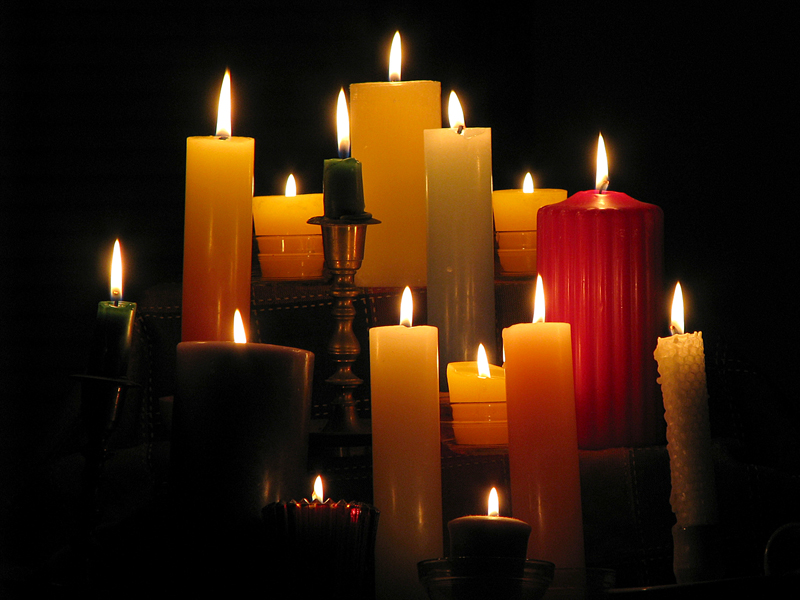
© 2012 by A. Roy Hilbinger
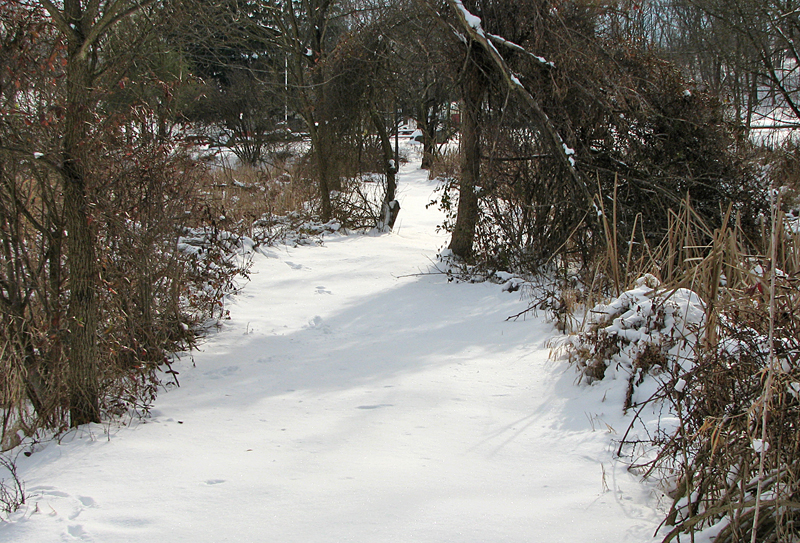





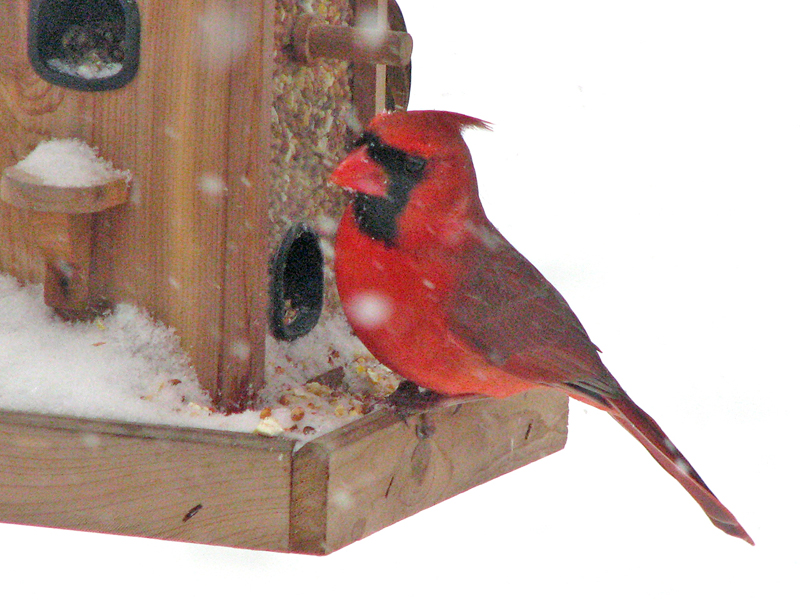




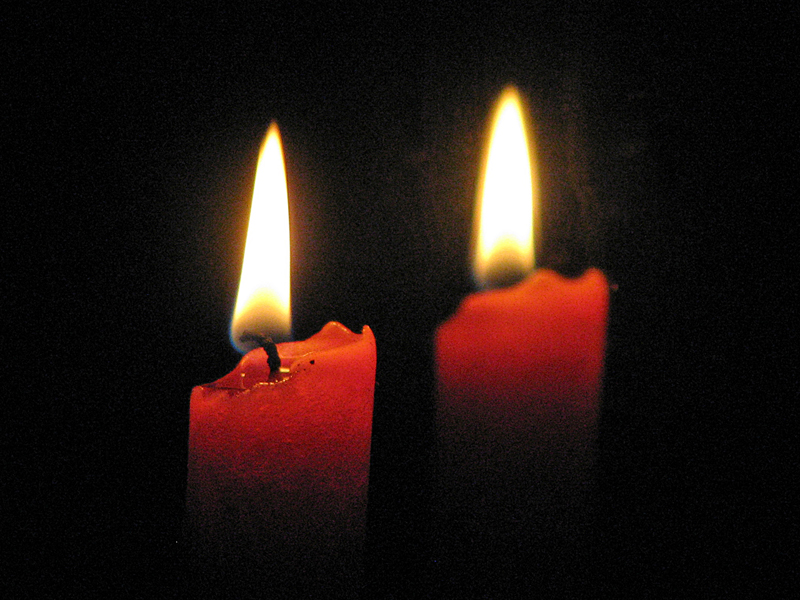

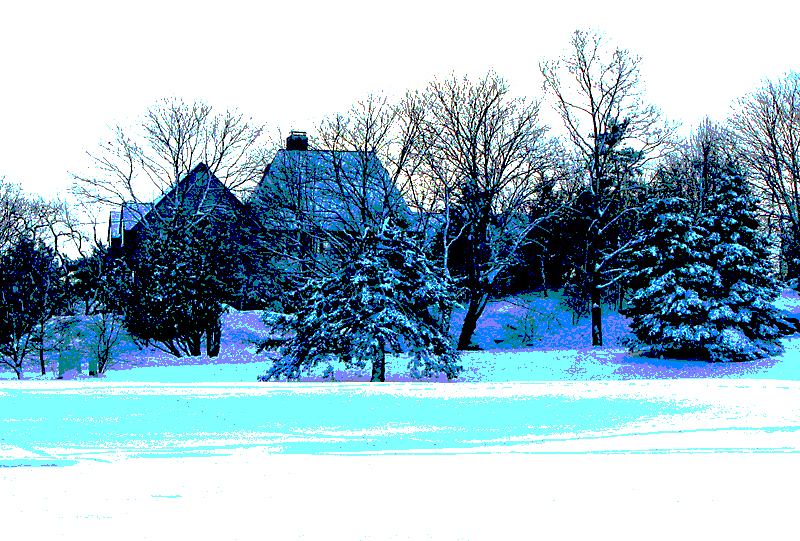





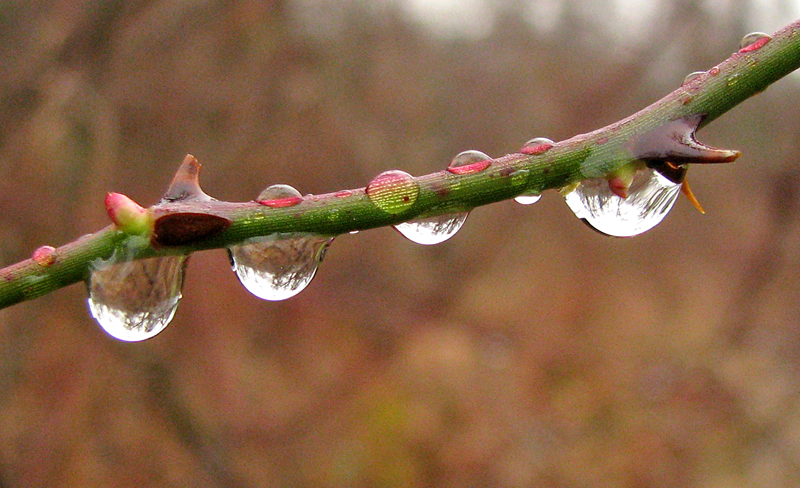














.jpg)


























